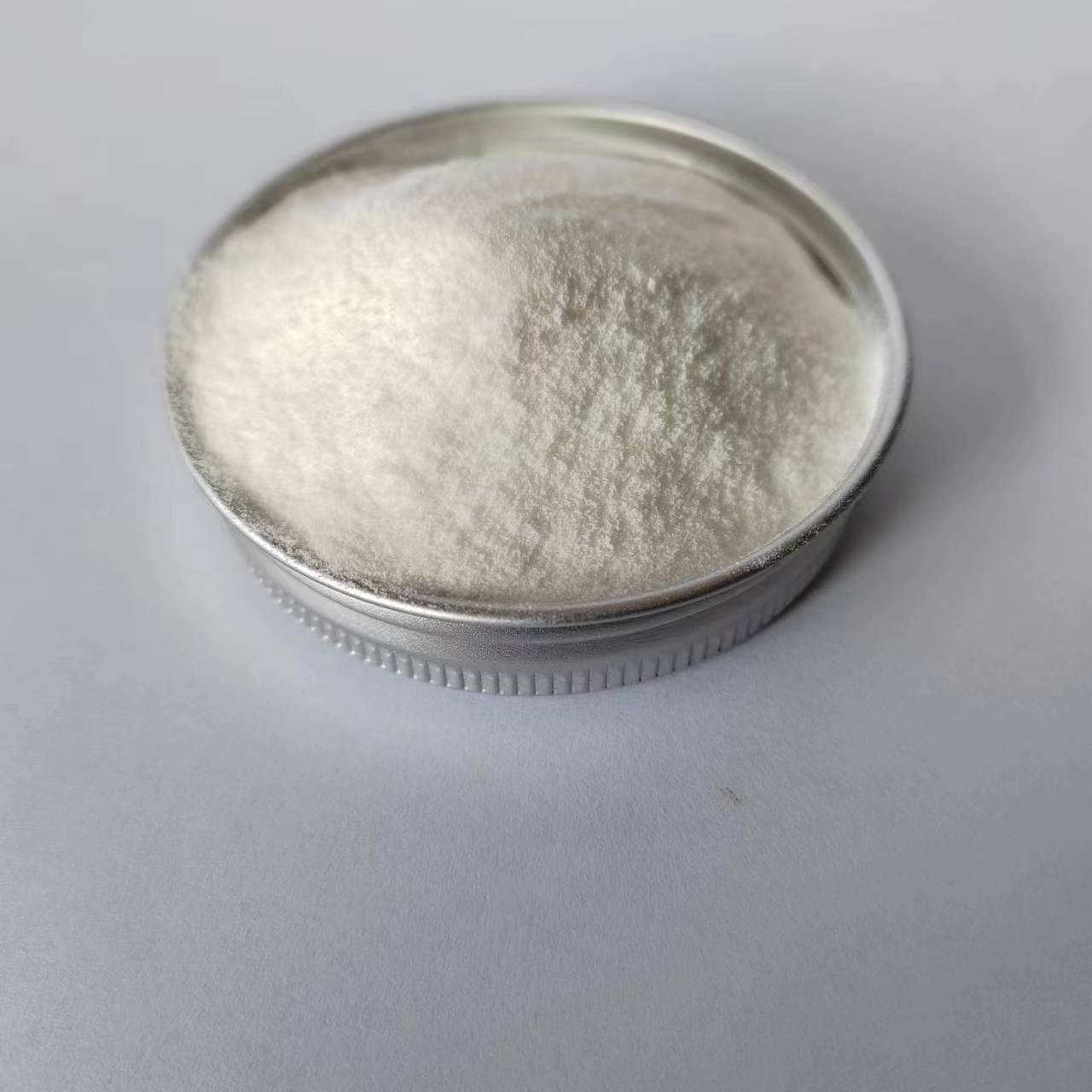High Stability Resistant Maltodextrin
In addition to increasing satiety (reducing energy intake, which may aid weight loss), promoting bowel movement (alleviating constipation), and promoting intestinal flora balance (normal flora fermentation), soluble dietary fiber has the advantage of inhibiting cholesterol absorption in the small intestine and bile acid reabsorption (helping to lower blood cholesterol). Interferes with glucose absorption (helps achieve lower postprandial blood sugar), etc.
Resistant dextrins are closely related to resistant starch, but are rarely found in natural foods and are not made from resistant starch, but from ordinary corn starch or wheat starch. The process is roughly the first starch decomposition into dextrin, and then polymerization, in the re-polymerization process to form some anti-digestible glucoside bonds (such as α-1,2 and α-1,3 glucoside bonds), resulting in resistant dextrin, and then separation, purification, refining to obtain high-purity resistant dextrin products. Resistant dextrin is very water-soluble, the aqueous solution is transparent or light yellow, and the viscosity is very low, and it seems to exist in the beverage.
Product Name |
Resistant Dextrin | |
Product Specification | Loss On Drying | ≤6% |
Ash | ≤0.5% | |
Total Dietary Fiber | ≥90% | |
PH | 3.0-6.0 | |
As(mg/kg) | ≤0.5 | |
Pb(mg/kg) | ≤0.4 | |
Bacterial Counts (CFU/ g) | ≤1000 | |
Molds&Yeasts (CFU/ g) | ≤1000 | |
Coliform (MPN/g) | ≤0.3 | |
Shelf life | 24 months | |









